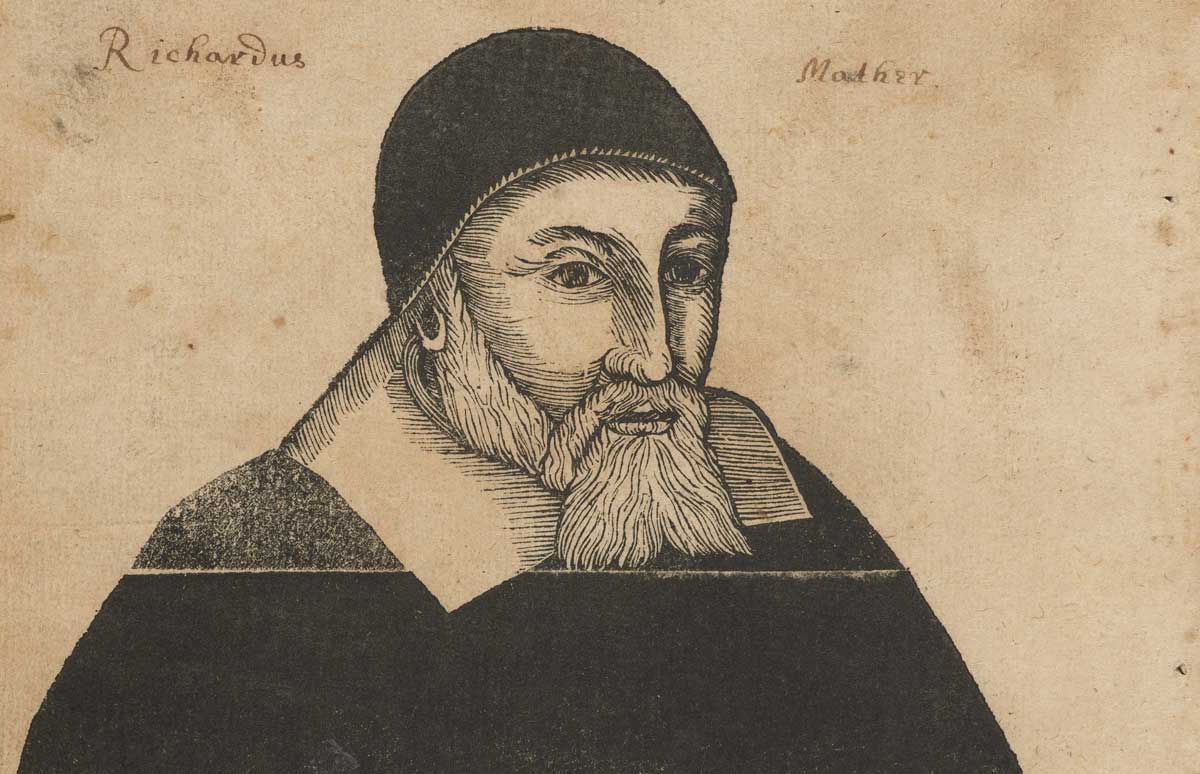What Makes a Puritan Society?
Are we living in a new age of puritanism? And how would we know if we were?

‘Puritan societies were often better than the kinds of societies that they replaced’
Crawford Gribben, Professor of History at Queen’s University, Belfast
There weren’t very many puritan societies, and none of them were especially enduring, but they were often better than the kinds of societies that they replaced.
The key word here is ‘often’. In the 17th century, on both sides of the Atlantic, puritan societies developed with different aims and objectives and different relationships to other peoples and cultures. Some puritan societies, such as that which developed in Massachusetts in the 1630s, were organised around the demands of biblical law, while others, like the one that emerged in Rhode Island, worked towards a religiously neutral state. Some puritan societies, including that of Scotland in the 1640s, seem to have enjoyed widespread popular support, while the emergence of a puritan society in Ireland in the 1650s was the expected outcome of the suppression of religious difference and resulted in ethnic cleansing.
